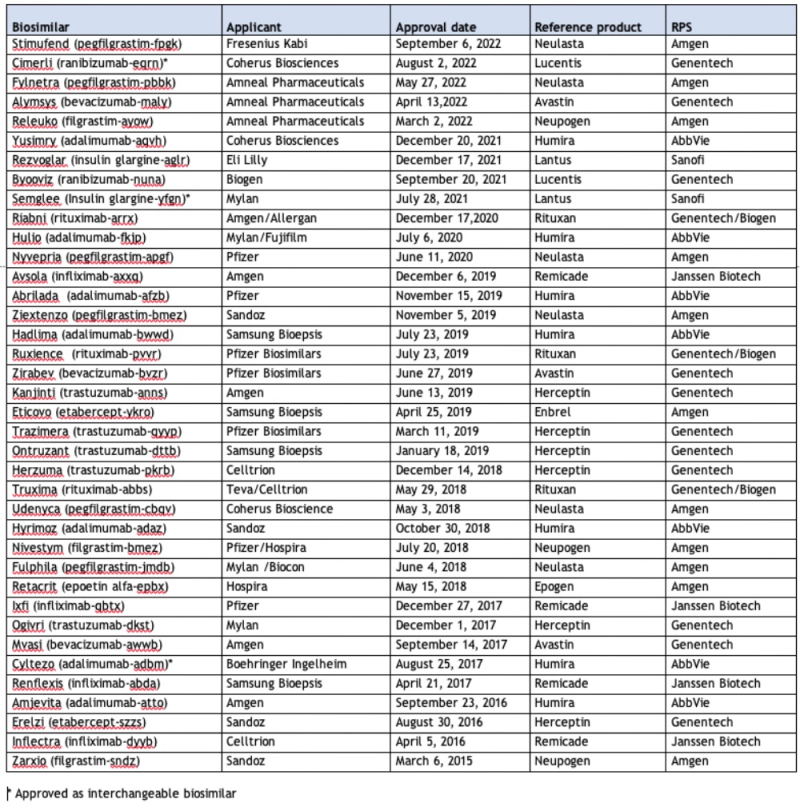Patent Owner Scores Partial Win Against Google at CAFC
“Hammond disputed that claim 18 of the ’816 patent and claim 18 of the ’483 patent presented identical issues of patentability. But the CAFC said only the language differed, and the question of patentability was not materially altered by those differences.”
The U.S. Court of Appeals for the Federal Circuit (CAFC) today issued a precedential decision partially reversing and partially affirming a Patent Trial and Appeal Board (PTAB) decision that had found Google failed to prove certain claims of Hammond Development International’s U.S. Patent No. 10,270,816 unpatentable.
Hammond’s patent covers “a communication system that allows a communication device to remotely execute one or more applications.” Google petitioned for inter partes review of all claims of the ‘816 patent, arguing they would have been obvious over various combinations of the prior art. The PTAB ultimately held claims 1-13 and 20-30 would have been obvious but that Google failed to prove claims 14-19 unpatentable.
On appeal, Google argued that the Board’s finding of unpatentability in a previous IPR of Hammond’s U.S. Patent No. 9,264,483 renders claim 18 of the ‘816 patent unpatentable based on collateral estoppel. After finding that Google had not forfeited its collateral estoppel argument by failing to raise it in its petition because the final written decisions on the ‘483 IPR were issued after it had filed its IPR on the ‘816 patent, the CAFC agreed with Google that claim 18 was collaterally estopped. Since the patentability of claim 14 of the ‘816 patent “rises and falls with claim 18,” the court also found claim 14 unpatentable.
Hammond disputed that claim 18 of the ’816 patent and claim 18 of the ’483 patent presented identical issues of patentability. But the CAFC said only the language differed, and the question of patentability was not materially altered by those differences. The court explained:
“Both claims recite a communication system which allows a communication device to remotely execute one or more applications, wherein an application server communicates a request for processing service to the communication device and that request includes an instruction to present the user with voice or audio data…. The only difference between the claims is the language describing the number of application servers.”
Thus, collateral estoppel applied to claim 18, which also rendered claim 14 unpatentable.
However, the CAFC dismissed Google’s argument that dependent claims 15–17 and 19 should fall based on collateral estoppel as well. The court said that Google failed to raise any collateral estoppel arguments with respect to those claims, and it was not agreed that those claims necessarily fall with the unpatentability of claim 18. “The Board held that Google failed to show these dependent claims would have been obvious,” wrote the court. “Google, who bears the burden on appeal, has failed to convince us that the Board’s determinations should be reversed.”
Eileen McDermott
Eileen McDermott is the Editor-in-Chief of IPWatchdog.com. Eileen is a veteran IP and legal journalist, and no stranger to the intellectual property world, having held editorial and managerial positions at […see more]







